Introduction to the Gigli Saw:
Brief History and Origin of the Gigli Saw
The Gigli saw was invented in the late 19th century by Leonardo Gigli, an Italian obstetrician. Initially designed for symphysiotomy, a surgical procedure to widen the pelvis during childbirth, its utility soon expanded into various surgical fields. The saw’s unique design and functionality made it a valuable tool in both neurosurgery and orthopedics, where precision and minimal tissue damage are crucial.
Overview of Its Design and Purpose in Surgical Procedures
The Gigli saw is specifically designed for cutting bone with minimal trauma. Its primary components are a flexible, twisted wire and handles that provide control during cutting. The saw is manually operated, which allows surgeons to make precise, controlled cuts. Its flexibility makes it particularly useful in procedures that require navigating around curves or confined spaces.
Design and Construction:
Detailed Description of the Materials Used
The Gigli saw is typically made from high-quality stainless steel wire. This material is chosen for its durability, corrosion resistance, and ability to maintain sharpness. Stainless steel ensures that the saw can withstand the rigors of repeated use and sterilization without degrading.
Explanation of Its Unique Twisted Wire Structure
The saw’s wire is intricately twisted to form a series of sharp cutting surfaces. This twisted design allows the saw to cut through bone efficiently with a back-and-forth motion. The twisted wire provides multiple points of contact with the bone, distributing the cutting force evenly and reducing the risk of splintering or cracking the bone.
Information on the Length, Diameter, and Flexibility of the Saw
Gigli saws come in various lengths, typically ranging from 30 cm to 50 cm, to accommodate different surgical needs. The diameter of the wire can also vary, generally between 0.5 mm and 1 mm, providing options for different cutting requirements. The saw’s flexibility allows it to conform to various anatomical structures, making it ideal for both straight and curved cuts.
Functionality and Mechanism:
How the Saw Operates
The Gigli saw operates through a manual back-and-forth movement. Handles are attached to both ends of the wire, and the surgeon manipulates these handles to saw through the bone. This manual operation gives the surgeon precise control over the cutting process, allowing for careful and deliberate movements.
Explanation of the Cutting Mechanism
The saw’s twisted wire structure ensures that as it moves, it creates a series of sharp edges that slice through bone tissue. This mechanism is highly efficient, allowing for clean, precise cuts with minimal effort. The saw’s design ensures that the cutting action is smooth and controlled, reducing the risk of damaging surrounding tissues.
Applications in Neurosurgery:
Specific Neurosurgical Procedures Where the Gigli Saw Is Used
In neurosurgery, the Gigli saw is frequently used for craniotomies, where a section of the skull needs to be removed to access the brain. Its precise cutting ability is crucial for creating clean bone flaps that can be replaced after the procedure.
Advantages in Neurosurgical Settings
The Gigli saw offers several advantages in neurosurgery, including minimal bone trauma due to its gentle cutting action. It allows for precise cuts, which are essential when working near delicate brain tissue. Additionally, its flexibility and maneuverability make it ideal for navigating the complex anatomical structures of the skull.
Applications in Orthopedics:
Common Orthopedic Procedures Utilizing the Gigli Saw
In orthopedic surgery, the Gigli saw is commonly used for amputations and bone resections. It is particularly useful in situations where a clean, precise cut is required, such as during limb salvage procedures or the removal of bone tumors.
Benefits in Orthopedic Surgery
The Gigli saw is advantageous in orthopedic surgery because it can be easily manipulated in confined spaces, such as around joints or near the spine. Its ability to make curved cuts is particularly beneficial when working on irregular bone structures. The saw’s manual operation also allows for greater control and precision during complex procedures.
Benefits and Advantages:
Key Benefits for Surgeons
Surgeons benefit from the Gigli saw’s lightweight and easy-to-handle design. It is cost-effective, making it accessible for a wide range of medical facilities. The saw’s flexibility and precision help surgeons perform complex procedures with greater confidence and accuracy.
Patient-Related Advantages
For patients, the Gigli saw offers reduced tissue damage, which can lead to faster recovery times and less postoperative pain. Its ability to make precise cuts helps minimize complications and improve overall surgical outcomes.
Usage Techniques:
Step-by-Step Guide on How to Properly Use the Gigli Saw in Surgeries
1. Preparation: Select the appropriate length and diameter of the saw for the procedure. Attach handles to both ends of the saw.
2. Positioning: Carefully position the saw around the bone to be cut, ensuring that it is aligned correctly.
3. Cutting: Using a back-and-forth motion, gently saw through the bone, applying consistent pressure. Maintain control over the saw to ensure a clean, precise cut.
4. Completion: Once the bone is cut, carefully remove the saw and proceed with the next steps of the surgical procedure.
Tips for Ensuring Precision and Safety During Operations
– Ensure the saw is properly sterilized before use.
– Keep a steady, controlled motion to avoid excessive force and potential damage to surrounding tissues.
– Regularly inspect the saw for any signs of wear or damage to maintain optimal performance.
Compatibility and Accessories:
Information on Compatible Handles and Accessories
Gigli saws are compatible with a variety of handles designed to enhance grip and control. Handles may come in different shapes and sizes to suit different surgical preferences. Some models also include detachable handles for easy replacement and sterilization.
Details on How to Attach and Detach the Saw to Various Surgical Handles
Attaching and detaching the saw is straightforward. The ends of the wire are looped through or clamped into the handles. To attach, secure the wire firmly in the handle’s grip mechanism. To detach, release the grip mechanism and carefully remove the wire.
Maintenance and Sterilization:
Guidelines for Cleaning and Sterilizing the Saw
– **Cleaning**: Rinse the saw with warm water immediately after use to remove any debris. Use a soft brush to clean the wire thoroughly.
– **Sterilization**: Autoclave the saw following standard surgical instrument sterilization protocols. Ensure the saw is completely dry before storing.
Tips for Ensuring Longevity and Maintaining Optimal Performance
– Regularly inspect the saw for any signs of wear or damage.
– Store the saw in a dry, clean environment to prevent corrosion.
– Replace the saw if any fraying or deformation of the wire is observed.
Safety Considerations:
Potential Risks and How to Mitigate Them
– Risk: Accidental injury to surrounding tissues.
– Mitigation: Ensure proper positioning and controlled movements during cutting.
– Risk: Incomplete cuts leading to bone splinters.
– Mitigation: Use consistent pressure and a steady motion to ensure clean cuts.
Best Practices for Ensuring Patient and Surgeon Safety
– Follow all sterilization protocols to prevent infections.
– Use the appropriate length and diameter of the saw for each procedure.
– Ensure that all surgical staff are trained in the proper use and handling of the saw.
Comparative Analysis:
Comparison with Other Surgical Cutting Tools
– Oscillating Saws: While oscillating saws are powered and can cut quickly, they may generate more heat and cause greater bone trauma compared to the Gigli saw’s manual operation.
– Wire Saws: Similar to the Gigli saw, wire saws offer flexibility and precision but may not have the same twisted wire structure that provides the unique cutting mechanism of the Gigli saw.
Advantages of the Gigli Saw Over Alternative Tools
The Gigli saw’s lightweight, flexible design makes it ideal for delicate and precise cuts. Its manual operation allows for greater control, reducing the risk of excessive force and associated tissue damage. It is also cost-effective and easy to sterilize, making it a practical choice for many surgical settings.
Innovations and Future Developments:
Recent Advancements in Gigli Saw Design and Technology
Recent innovations include the development of coated wires that enhance cutting efficiency and reduce friction. Ergonomic handle designs have also been introduced to improve surgeon comfort and control during lengthy procedures.
Future Trends and Potential Improvements in Surgical Saws
Future developments may focus on enhancing the material properties of the wire to increase durability and sharpness. Integration with robotic surgical systems could also provide even greater precision and control in complex procedures.








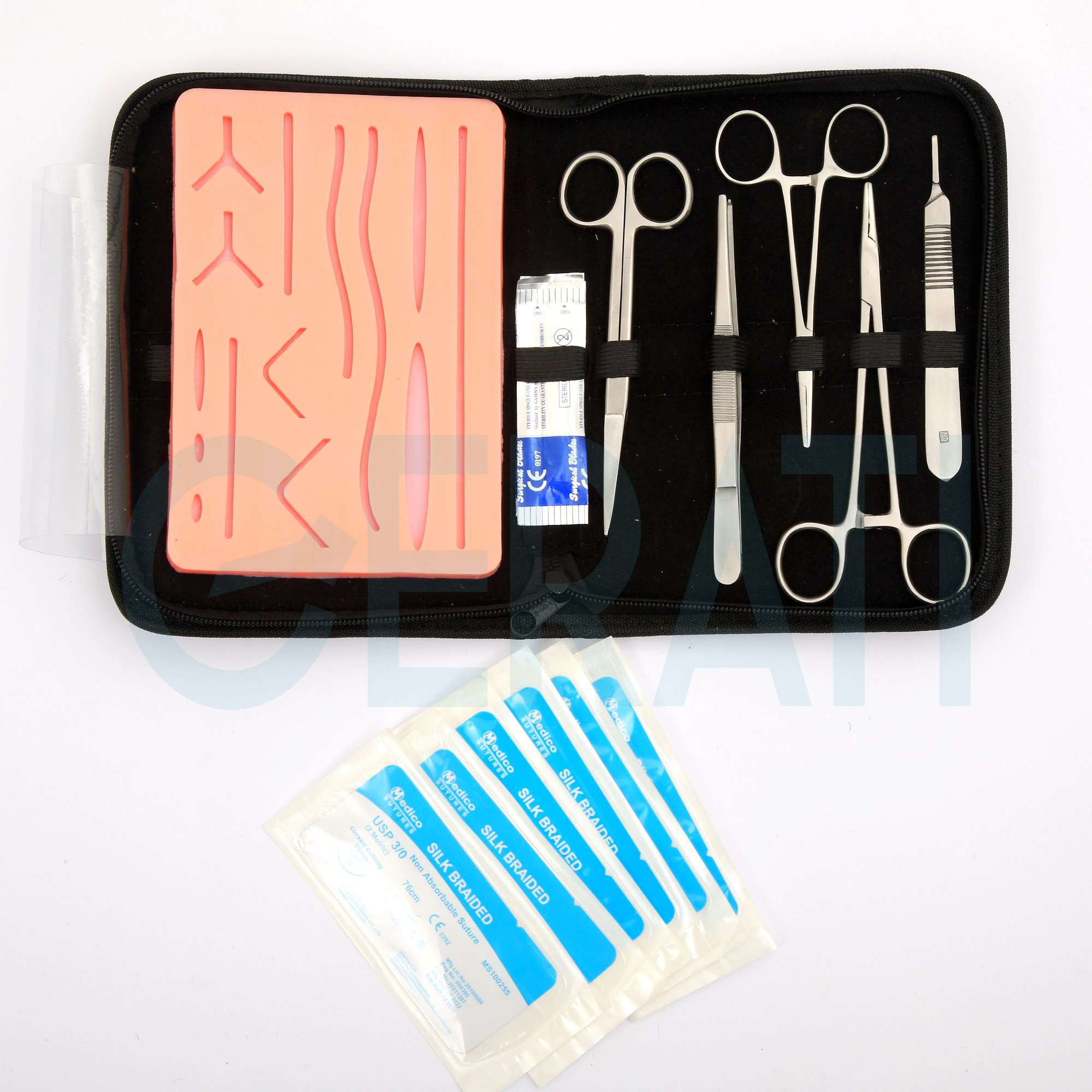

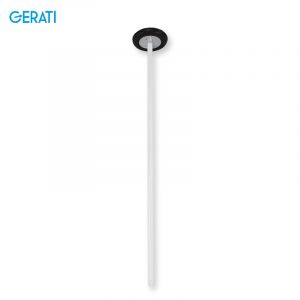
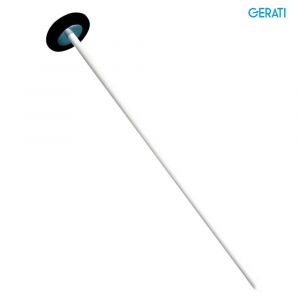
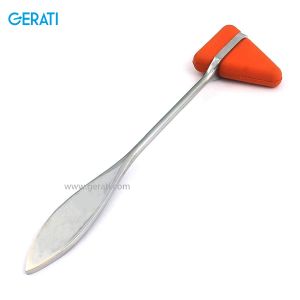
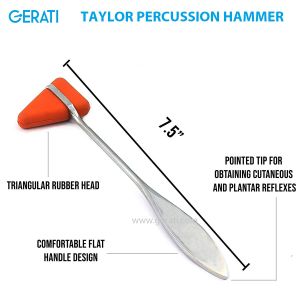
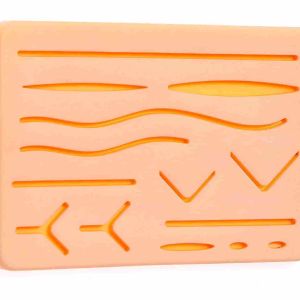
marcello.gomez –
Hi Aqeel.
Your shipment of Gigli wire saw has just arrived and we have checked it. Everything is fine. Our quality inspectors have checked the quality and they seem to be satisfied, We will order again very soon. Thanks for your efforts!